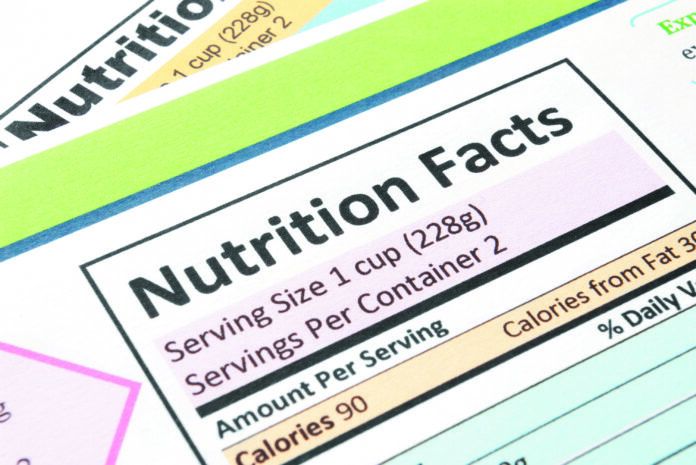A. Judith C. Thalheimer, RD, LDN, managing editor of Tufts Health & Nutrition Letter, answers: “The U.S. Food and Drug Administration (FDA) regulates the Nutrition Facts label on packaged foods and drinks. This label is required on all packaged foods, whether they are made in the U.S. or imported from other countries. It is based on the Dietary Guidelines for Americans and is designed to help you make food choices that meet your dietary needs.
“Toward that end, the label is mandated to provide information on the content of nutrients important to our health. The specific vitamins and minerals required to be listed in the lower section of the label (vitamin D, calcium, potassium, and iron) are considered ‘nutrients of public concern.’ Some adults in the U.S. don’t get enough of the first three, and iron is of concern for young children, pregnant women, and women of childbearing age.
“Vitamin C used to be on Nutrition Facts labels, but that changed in 2018 because it was determined that most people in the U.S. get plenty of vitamin C as part of their regular dietary intake. Manufacturers are welcome to include additional nutrients on their label, and many take the opportunity to highlight vitamins or minerals their products are high in.
“Each nutrient has a “% Daily Value.” The Daily Value is generally based on the amount of a nutrient that has been determined to be optimal for most healthy adults who need 2,000 calories a day. The labels can help you determine where a food fits into your healthy dietarty pattern by showing you the daily value for nutrients you want (the vitamins and minerals listed, as well as dietary fiber) and those you should minimize (saturated fat, sodium, and added sugars). Be sure to check the serving size information in the top section of the label. (This is not a recommended serving size, but rather a portion that is considered typical for that food.) If you eat twice as much, you’re getting twice the amount of each nutrient—good and bad.”

























